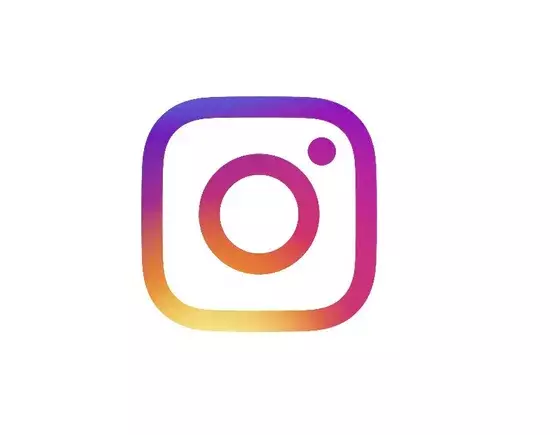In a recent endeavor to clarify common misconceptions among users, Instagram’s head, Adam Mosseri, addressed a prevalent myth regarding the treatment of sponsored content on the platform. Instagram has long been scrutinized for its algorithms, particularly concerning the perceived downranking of posts marked as sponsored. Many believe this practice is a calculated move to compel brands to invest in paid promotions to achieve higher visibility. However, Mosseri’s assertion directly contradicts this rumor, stating unequivocally that Instagram does not penalize sponsored posts. He emphasized the importance of creators marking their content as sponsored to comply with global regulations without fearing adverse effects on their reach.
Mosseri’s comments prompt a deeper exploration into user behavior on the platform. It’s crucial to consider that while Instagram may not intentionally downrank sponsored posts, there exists a likelihood that users engage differently with these types of content. Research indicates that when viewers see a post labeled as “Sponsored,” many may instinctively scroll past it. This behavioral pattern could inadvertently lead to lower engagement rates for sponsored posts, suggesting that the reduced reach might stem from user perception rather than a manipulative algorithm.
The Role of Transparency
The conversation surrounding sponsored content extends beyond mere visibility; it highlights the importance of transparency in influencer marketing. As sponsored posts become a staple in digital marketing strategies, ensuring compliance with advertising standards is paramount. Mosseri’s clarification serves as an important reminder for creators to feel confident in marking their content appropriately. The absence of punitive measures from Instagram facilitates an environment where authenticity can thrive, allowing creators to maintain honest relationships with their audiences.
Despite Mosseri’s assurances, skepticism remains prevalent among users and brands. Instagram has faced criticism for its inconsistent communication and perceived prioritization of paid over organic reach, tarnishing its credibility in the eyes of many users. This historical context contributes to the existing mistrust; brands that have previously experienced unexpected changes in reach or engagement are wary of taking Mosseri’s word at face value. Even with the clarity provided, it is unlikely to shift the opinions of those who have felt the effect of algorithmic shifts, as the digital landscape often feels unpredictable and closely guarded.
While Mosseri’s insights aim to debunk myths surrounding sponsored content, the challenge remains in altering the mindset of a user base that has experienced mixed feelings about Instagram’s policies over the years. His latest efforts are valuable in providing direct information from the platform but must be coupled with ongoing transparency and proactive communication to rebuild trust among users. As Instagram continues to evolve, fostering an environment where creators feel supported and informed will be critical in mitigating misunderstandings about the platform’s algorithms and their implications for sponsored content.


Leave a Reply